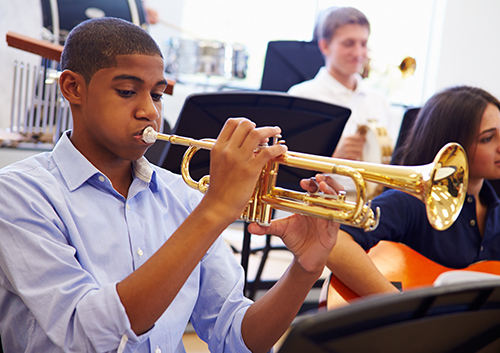Snacks that are Healthy for Your Body and Your Braces
April 30th, 2019

You know the school day’s over when you hear these seven little words: “I’m home! Is there anything to eat?”
And before your child got braces, you had the answer: simple, tasty snacks that provided not only an energy boost, but nutritional elements to help build strong teeth and strong bodies. But now whole carrot sticks and unsliced apples are out. Nuts and crunchy peanut butter? Not in your pantry. Hard cheeses and crunchy whole grain crackers? Also off the shopping list.
Because any foods that are crunchy, chewy, or hard to bite into can damage brackets and wires, it’s time to freshen up your go-to snack list. Luckily, Dr. Sung Lee can recommend many healthy and braces-friendly choices when children need something to tide them over until dinner.
- Fruits and Vegetables for Vitamins and Minerals
Soft fruits like berries, melon, and bananas provide essential vitamins and minerals while going easy on your child’s braces. Make it a blended smoothie for a cool treat—you can even add a healthy handful of spinach or kale without interfering with that fruity taste. If your child still loves apples and carrots best, keep them on hand—but remember that thin slices are the only way to go.
- Dairy Delivers Calcium
Cottage cheese, string cheese, and other soft cheeses provide essential calcium and vitamin D. Yogurt in all its many flavors is another great option.
- Meats Provides Protein
Lean meats such as thinly sliced ham, chicken, or turkey provide flavor and protein, and don’t require the chewing that bologna, roast beef, and salami do. And nothing packs a protein punch like eggs—hard boiled, deviled, or diced up in egg salad.
- Grains, Legumes, and Vegetables for Complex Carbohydrates
Complex carbohydrates—the “good” carbs—are important sources of energy for our bodies. Snacks such as hummus with soft whole grain pita wedges or blended black bean dip and soft crackers are a delicious, energizing option.
You are constantly looking for ways to make your children’s lives better. Mix and match any of these foods for a snack that’s not only good for their braces, but good for their teeth and bodies! Let us know your child’s favorite snack the next time you visit our Puyallup, WA office!


